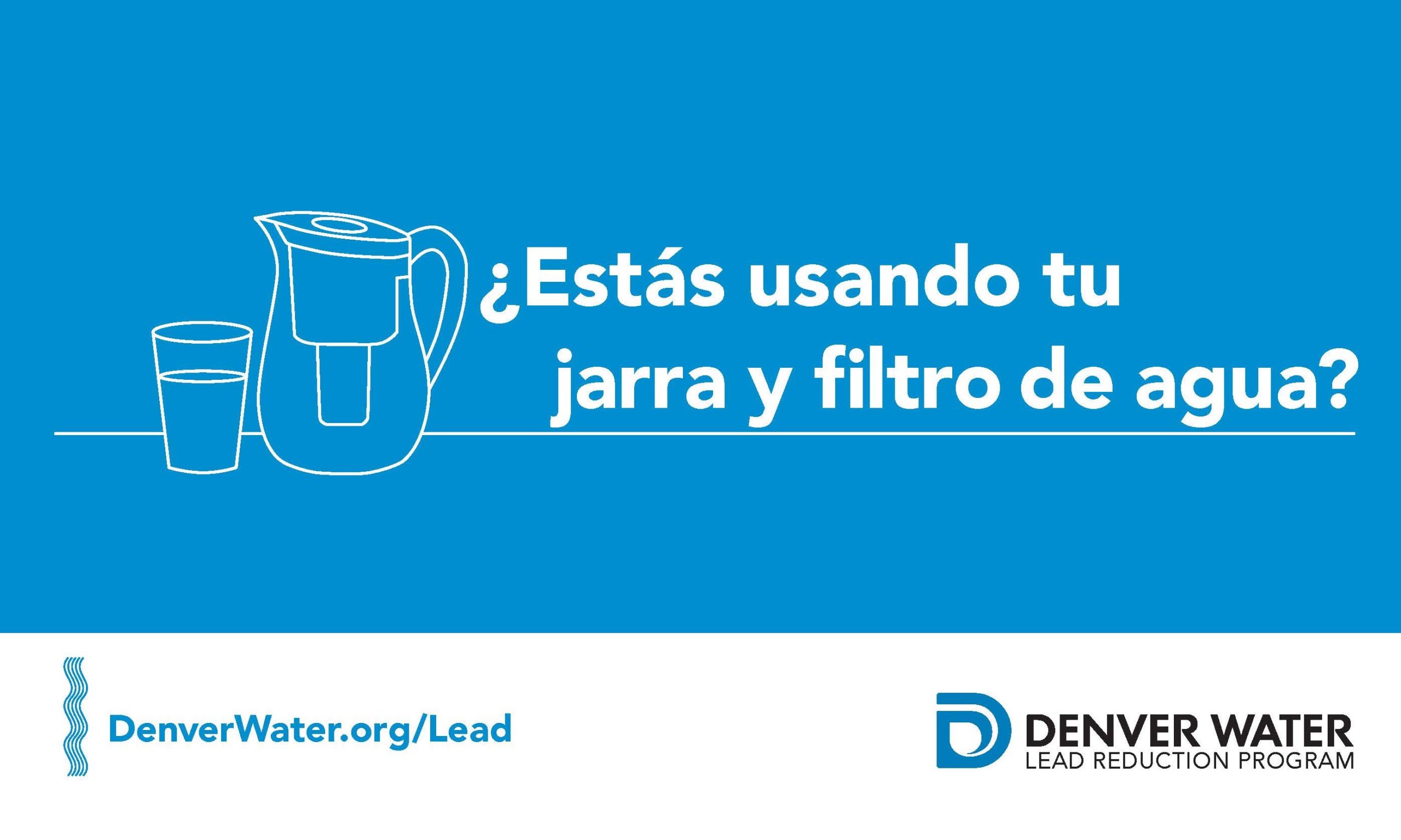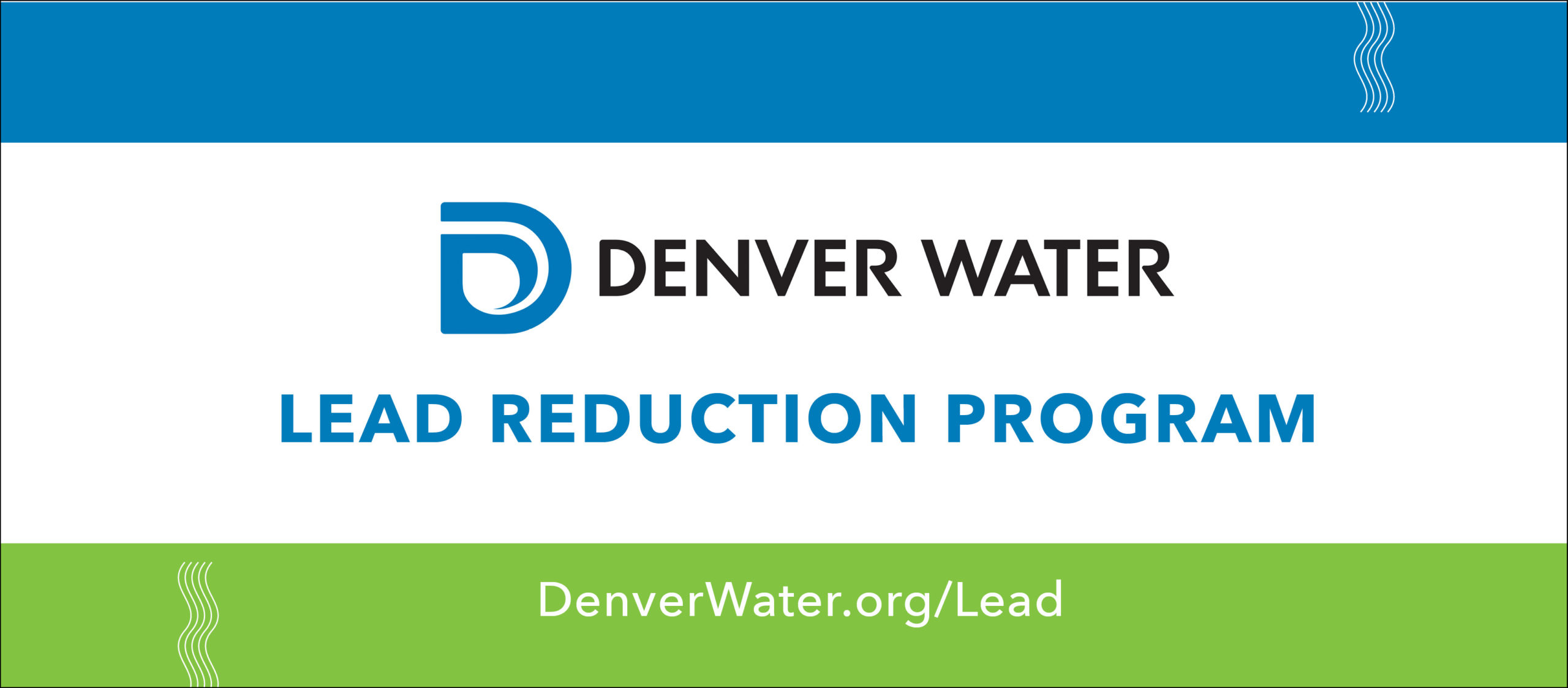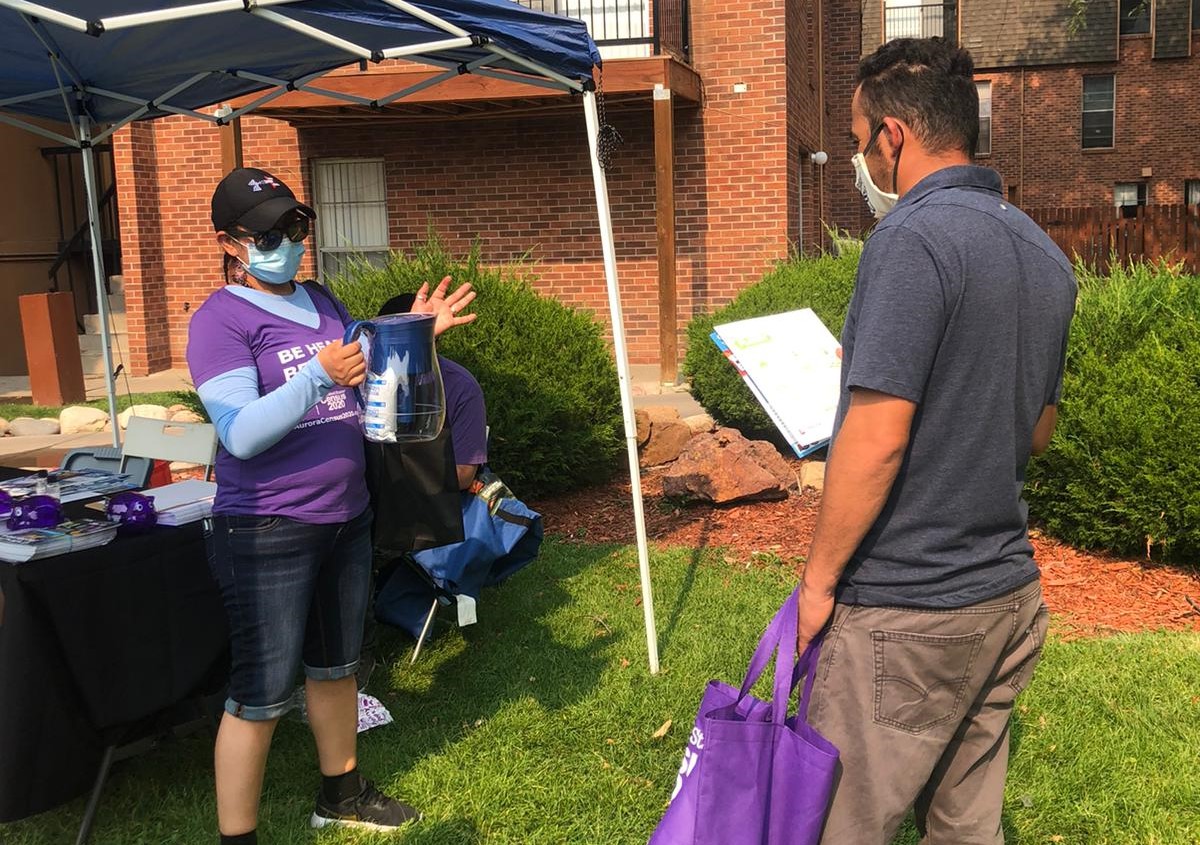
Removing barriers to talking about the Lead Reduction Program
When you’re responsible for delivering a clean, safe and reliable drinking water supply to a quarter of Colorado's population, understanding the different languages, ethnicities, race, religions and socioeconomic backgrounds that make up your community is a must.
Especially when it comes to launching the largest public health initiative in Denver Water’s history, the Lead Reduction Program, which will remove an estimated 64,000 to 84,000 lead service lines in the utility's service area over 15 years at no direct cost to the customer.
How has Denver Water made sure that it's effectively working with and communicating in every community regardless of status, background or language?
According to Meg Trubee, communications, outreach and education manager for Denver Water's Lead Reduction Program, diversity and inclusion were top priorities from the beginning.
“We developed a team of experts to focus on reaching as many people in the program as possible,” she explained. “It all started with a lot of data and research.”
Providing resources and information in both Spanish and English allows Denver Water to reach 95% of the households in the Lead Reduction Program.
That statistic that drove the program's diversity and inclusion team to ensure Spanish is included in as many communication materials as possible.
But what about the other languages?
For that, the team turned to Denver Public Schools, which covers a majority of the neighborhoods where lead service lines are located in Denver Water's service area. The public school system is a great representation of our community and provided Denver Water with a better understanding of the other languages that the program should focus on.
The school district identifies the top languages spoken by its students as Spanish, Arabic, Vietnamese, Amharic and Somali.
“Providing equitable access to our programs and information, specifically about the program was a personal goal of mine,” said Julieta Quiñonez, who coordinates outreach, equity and partnership programs for Denver Water’s Lead Reduction Program.
“I want to make sure all our communities understand the need to use a filter if they have lead plumbing, as well as the why behind the need to replace the lines and the importance of this program to families.”
Before Quiñonez began leading the Denver Water's equity, outreach and partnerships effort, she spent seven years at DPS as a multicultural outreach manager within the district's communications department.
Her role at DPS was to facilitate access to information and ensure families felt empowered to be involved in their child’s education, similar to the goals that Denver Water set for the Lead Reduction Program.
“My mom was very involved in my education, but language could sometimes be a barrier,” Quiñonez said.
“Growing up in a monolingual family where my parents only spoke Spanish, I had to be the kid to help parents navigate through different documents because they were not available in their language. That stuck with me through my career.”
Understanding and developing materials for various languages was just the start of Denver Water's comprehensive outreach program.
It’s hard to deny there is a gap in communication with certain communities due to a combination of lack of education, accessibility and trust, especially trust with a government agency.
Quiñonez believes industries are doing a better job but society is nowhere near where we should be.
“I have seen throughout the years that when people have knowledge they are empowered and make changes in their habits, their children’s lives, families and communities. Once we remove barriers our communities can thrive,” Quiñonez said.
An important element of community engagement is to be where people are already gathering. And to help remove barriers the team developed an Ambassador Program.
“When we first started, Denver Water staff understood we could not achieve an effective outreach and communication program alone,” Quiñonez said. “We needed partners within the community to disseminate information to help us be effective and inclusive in our communications.”
Denver Water’s Ambassador Program focuses on developing partnerships with trusted community organizations, like iNOW and CREA Results, to help eliminate possible barriers that could prevent communities from understanding and participating in the Lead Reduction Program.
Through these partnerships, Denver Water is positioned to achieve the following:
- Increase awareness and engagement with an expanded base of communities by leveraging local organizations to spread the messages about the Lead Reduction Program.
- Inform customers about Denver Water’s commitment to protect water quality by removing customer-owned lead service lines at no direct charge to customers.
- Encourage homeowners to confirm if they have a lead service line and to sign a consent form allowing Denver Water to replace it.
- Reinforce the proper use and adoption of filters through partners who provide filter demonstrations.
- Identify and train contracted partners to use the program’s Frequently Asked Questions as a guide to explain the program in targeted communities.
Everyone working on the program is laying a foundation that will have a positive impact and help build trust with current and future generations regardless of religion, race, ethnicity, socioeconomic background or language.
Currently, the Lead Reduction Program is focusing in communities with a high number of lead service lines, a high concentration of facilities that provide services to youth like schools and day care centers, a high percentage of children under 5 years of age, and underserved communities.
“Removing lead at its source by removing lead service lines may be the heart of the program, but communication, outreach and education is the foundation on which it is all built,” said Trubee.
Denver Water has focused efforts on communicating with and educating its customers, including using direct mail and phone calls to homeowners, renters and business owners; partnering with news media and community organizations; working on media stories, website development, social media outreach — all in English and Spanish.
The Lead Reduction Program is still in its early stages and a lot of work has taken place, not only in replacing lead service lines but also in reaching out to communities.
And the work will continue, because as a community leader Denver Water believes it's important to honor people’s language, culture and identity.




